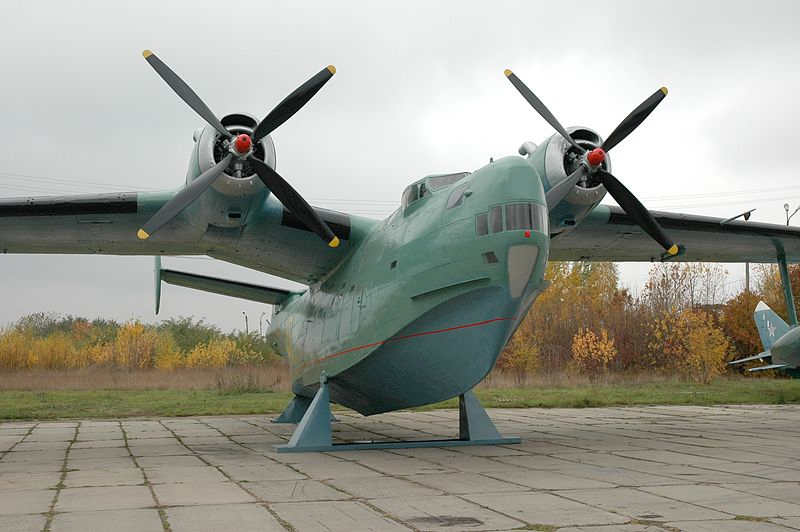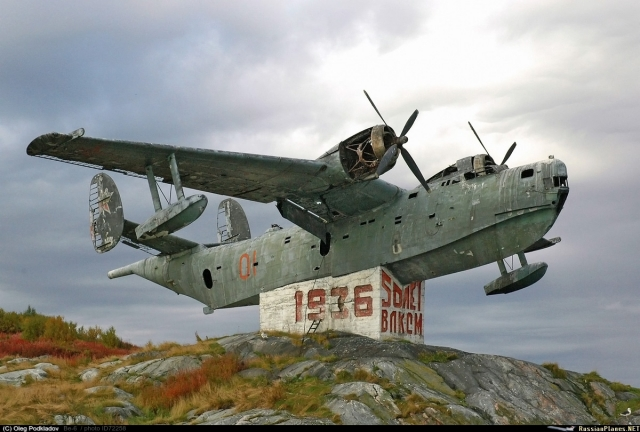A gull-winged aircraft made of all-metal construction was introduced by the Soviet Union in the early 1950s. “Madge”, as NATO called it, was a flying boat capable of accomplishing a wide array of missions. Here are 5 things you need to know about the Beriev Be-6, the giant Soviet flying boat that chased NATO submarines:
1. It had a unique appearance
The Beriev Be-6 was quite a long aircraft; with a wingspan that stretched to 108 ft and a length that spanned 77 ft. Designed as a flying boat, the Be-6 featured a twin-tail arrangement with a boat-shaped hull, giving it a unique and easily recognizable silhouette. Its large size allowed the Soviet Union to assign six crew members inside its spacious interior, providing ample room for mission-specific equipment and armaments.

2. It was an amphibious aircraft
One of the standout features of the Be-6 was its ability to operate from both land and water. This means that the aircraft could take off and land on the water by utilizing its boat-like hull and retractable landing gear with floats. In turn, this enabled the Be-6 to conduct a wide range of operations in different environments.
3. Equipped with versatile sensor systems
The Be-6 was equipped with advanced sensor systems for its maritime patrol and anti-submarine warfare missions. It featured radar, sonar buoys, and magnetic anomaly detectors, allowing it to detect and track submarines effectively. These sensors were crucial in locating and neutralizing potential threats, giving the Soviet Union a significant advantage in naval operations.

4. One of the first Soviet aircraft properly optimized for Anti-Submarine Warfare
In the mid-1950s, the Soviet Union gave the Be-6 updated equipment by replacing its tail turret with a magnetic anomaly detector (MAD) boom for ASW missions. It could also carry up to four tonnes of ordnance on its underwing stations and was able to haul 40 troops in assault transport roles.
5. Extended range and endurance
The Be-6 had impressive range and endurance for its time. With a range of over 3,000 miles, it could patrol vast coastal areas and conduct long-range reconnaissance missions. The aircraft’s endurance was further enhanced by its ability to stay airborne for extended periods, making it ideal for long-duration missions, search and rescue operations, and logistical support.



